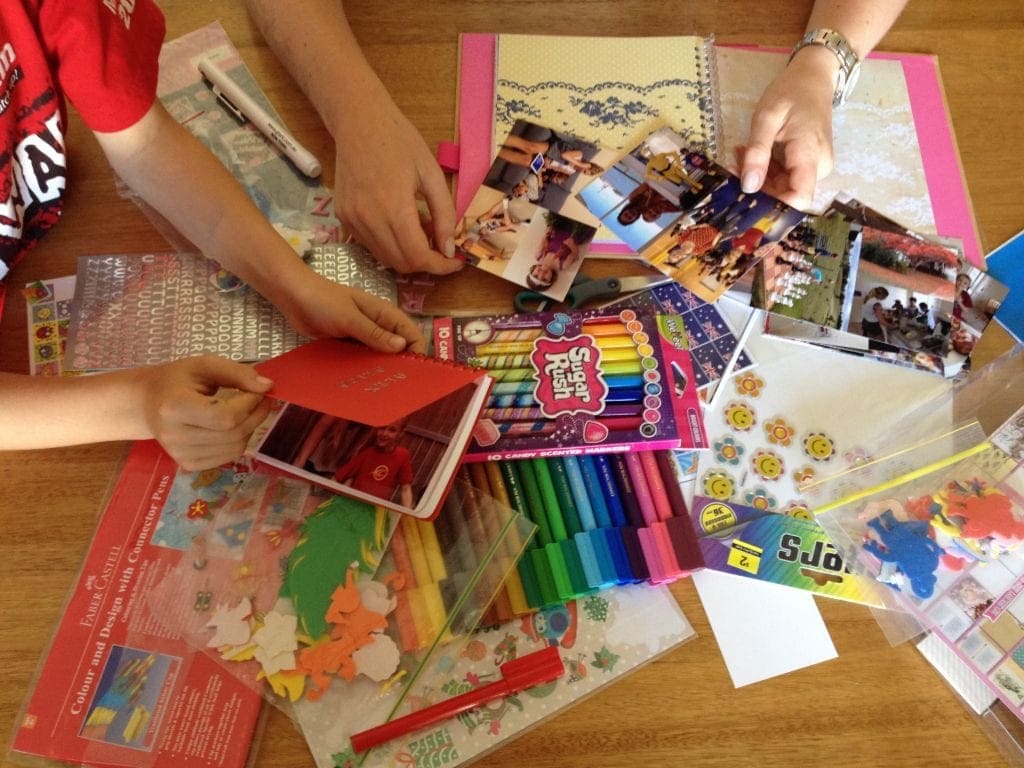Narrative therapy is used by counsellors and therapists to engage with children or adults in a way where they are the storytellers of their own life. It is a method often used for those who have been impacted by trauma, abuse or a life-altering event. However, its principles can be used to support children by simply helping them feel like an important piece of their world.
When kids are telling their stories, any problems which surface are seen as a separate part of them, and something which can be managed. They are not the problem themselves, the problem is a separate entity which can be identified, discussed and over time, dealt with.
There’s a variety of ways to use the principles of narrative therapy for young children. You don’t need to be a counsellor or educator. All you need to do is initiate conversation with your child about the past, present and future. This makes them aware of their routine, the adults in their life and the people and objects that make them feel safe and secure. It’s a great way to deal with things such as separation anxiety, death, or divorce in the family. Here are a few ways you can make narrative therapy engaging:
Make a photobook

Include photos of your child’s daily activities and routine, as well as any learning and developmental milestones. This will help them celebrate their growth as an individual. Photos of family, day care and extra-curricular activities will help your child have a sense of belonging and structure. The photobook can be used as part of a bedtime routine or just to read at any time of day.
Use creative arts
Narrative therapy can be used in conjunction with drama, art, and play activities. If your child is anxious about going to day care for instance, you might like to have them draw a picture of day care while narrating to you what the picture is about. They may then pinpoint the ‘problem’ that is making them anxious, and from there you can think of ways together on how to tackle that problem.
Write it down
Older children may prefer to write their story down. Help them brainstorm by writing the beginning, middle and end of the story. Discuss the fact that in traditional narratives the middle of the story is usually the problem. If they have been through a traumatic event such as bullying or moving schools they might make this the ‘problem’ in the story. Encourage them to write the ending to the story with you by discussing how the problem could be solved.
The way you choose to use narrative therapy depends on your child and their circumstances. It can be a fantastic way to tackle problems head on.

